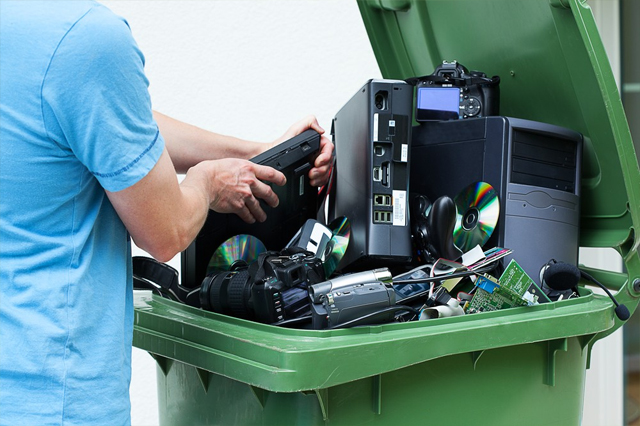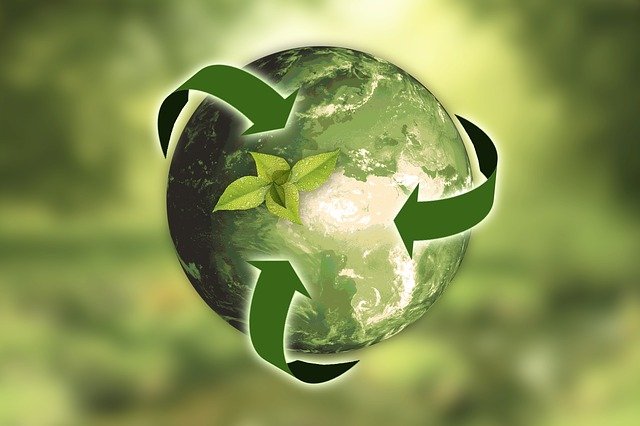E-waste Recycling
Green businesses are the clean drivers of the current global business. It creates the highest positive impact on the environment. E-waste business is highly profitable from the economic as well as environmental perspective. Automated or semi-automated large capacity plants require less labor, can consistently work at high efficiency, and produce a much better quality of the final product. Swarna Aditya Refineries and Resources Pvt Ltd has the advantage of the most modern machinery and the state of the art technology.
We have a sprawling 7000 sq ft Manesar, Gurugram with the state of the art plant and machinery and a gold refining plant. The plant has the capacity to refine 4 tonnes of gold per day. In addition, due to the burgeoning demand for copper and aluminum, we have the in–house capability to manufacture ingots of these metals too. With the most modern infrastructure, we have mastered the art of processing gold, silver, and Palladium from E-waste. We are proud to license the owner of E-WASTE and have the capability to procure E-waste at competitive prices to be able to process precious metals at very profitable rates.
For more information about the group’s E-Waste recycling & refinery vertical visit
E-Waste (Management) Rules, 2016 – EPR
The E-Waste (Management) Rules, 2016 mandate CPCB to prepare guidelines on implementation of E-Waste Rules, which includes specific guidelines for extended producer responsibility, channelisation, collection centres, storage, transportation, environmentally sound dismantling and recycling, refurbishment, and random sampling of EEE for testing of RoHS parameters(Restriction of Hazardous Substances).
Guidelines for Implementing Extended Producer Responsibility
Extended Producer Responsibility (EPR) is the responsibility of every producer of electrical and electronic equipment (EEE) for channelization of e-waste to an authorised dismantler/recycler to ensure environmentally sound management of such waste.
EPR authorization is mandatory and has to be obtained by all the producers including importers, e-retailers/on-line sellers/e-bay etc. of EEE covered in E-Waste (Management) Rules, 2016.
A producer can implement its EPR either through the take-back system or by setting up collection centres or both for channelization of e-waste/end of life products to authorised dismantlers/recyclers. The producers are required to have arrangements with authorised dismantlers/recyclers either individually or collectively or through a Producer Responsibility Organization (PRO) or NN ECO system as spelt in their EPR Plan which is approved/authorised by Central Pollution Control Board (CPCB).
Selling or placing of EEE in the market by any producer without EPR Authorisation shall be considered as a violation of the Rules and causing damage to the environment, which shall attract provisions under E (P) Act, 1986.
Target-based approach for implementation of EPR has been adopted in the E-Waste (Management) Rules, 2016, which stipulate phase-wise collection target to producers for the collection of e-waste, either in number or weight, which shall be 30% of the estimated quantity of waste generated during the first two years of implementation of rules followed by 40% during third and fourth years, 50% during fifth and sixth years and 70% during seventh year onwards.


